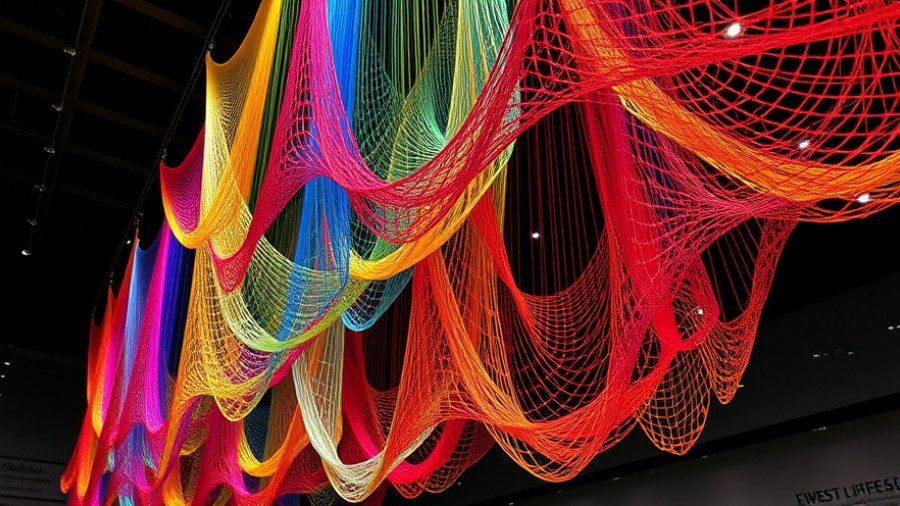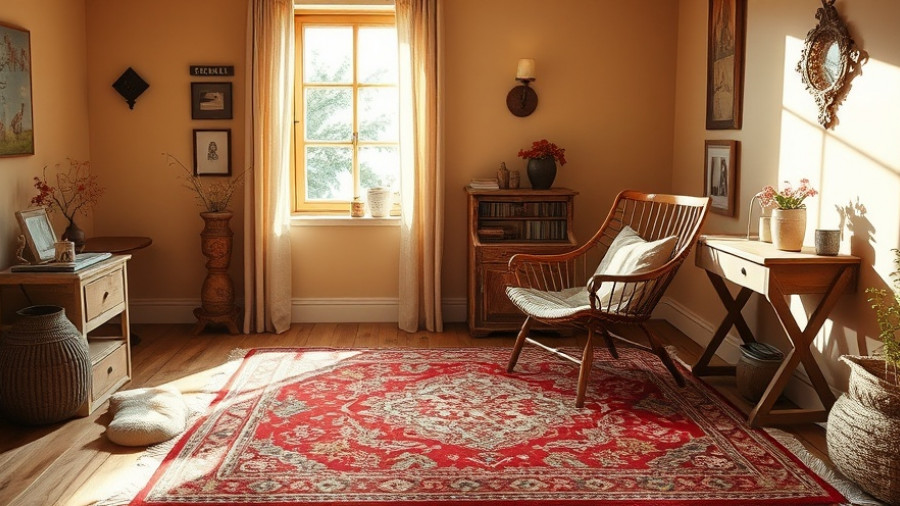
Exploring the Intersection of Art and Climate Data
At the MIT Museum, the innovative exhibition, Remembering The Future, showcases the impressive work of Janet Echelman, an artist known for her ability to combine art with cutting-edge climate science. Collaborating with architect Caitlin Mueller and the MIT Lorenz Center, this installation stands as a powerful visual narrative of our planet's climate history and potential futures. The exhibit uses vibrant textile sculptures to represent climate change data from the last ice age to our present day, vividly illustrating the stark contrasts of past climates and foreboding predictions of our future.
Art as a Catalyst for Change
Art has the unique potential to provoke emotional responses and inspire action. Echelman’s work does just that; it encapsulates the idea that the most painful experiences stem from the memories of an unwritten future. Inspired by Søren Kierkegaard's poignant quote, the exhibition sparks a dialogue about our collective responsibility towards the environment. Echelman’s installation serves not only to inform visitors about climate change outcomes but urges them to envision and enact change in their everyday lives.
Visualizing Environmental Narratives
The installation features flowing fabrics that change color—starting from calming blues representing the last ice age, transitioning through yellows and reds that signify an alarming trajectory for humanity. Each hue tells a story while encouraging viewers to connect with the data on an emotional level. This connection is vital, especially as society grapples with climate issues that often seem abstract or distant. By making climate change visually compelling, Echelman draws attention to the urgency of acknowledging our impact on the planet.
The Future is Not Set: Engaging the Visitor
One of the critical messages in Remembering The Future is that while the data indicates various potential outcomes, the future is not predetermined. Echelman and Mueller create an environment where visitors feel empowered—highlighting that our actions today can influence climate outcomes tomorrow. The installation’s transparent yet layered design not only serves as a stunning visual but also as a metaphor for the multifaceted nature of our world's climate challenges.
Community Engagement and Broader Implications
Exhibitions like this do more than educate—they foster community discussions about sustainability and environmental stewardship. The interactive nature of Echelman's work creates an essential platform for dialogue among diverse audiences about how to address climate challenges collectively. This aspect of public engagement is crucial because it reminds us that change requires collective effort, creativity, and willingness to explore new possibilities.
Looking Ahead: What This Means for Homeowners and Contractors
In an era where homebuilders and contractors are increasingly being asked to consider sustainability in their designs, understanding the implications of climate data is essential. Homeowners can draw inspiration from Echelman’s installation, prompting them to think critically about their roles in environmental conservation. Incorporating sustainable practices into home renovations and repairs not only helps the planet but also supports a burgeoning market for contractors skilled in eco-friendly solutions.
Conclusion: A Call to Individual Responsibility
Remembering The Future is more than just an art exhibition; it’s a call to action. Visitors are encouraged to recognize their responsibility in shaping a sustainable future. Just as Echelman artfully connects threads of data and emotion, we too must weave our actions into a tapestry of awareness and change. Embracing sustainable practices at home is a tangible step toward a healthier planet. Together, we can make a difference—a lesson that resonates deeply in our hearts as we reflect on and remember our collective fate.
 Add Row
Add Row  Add
Add 




Write A Comment